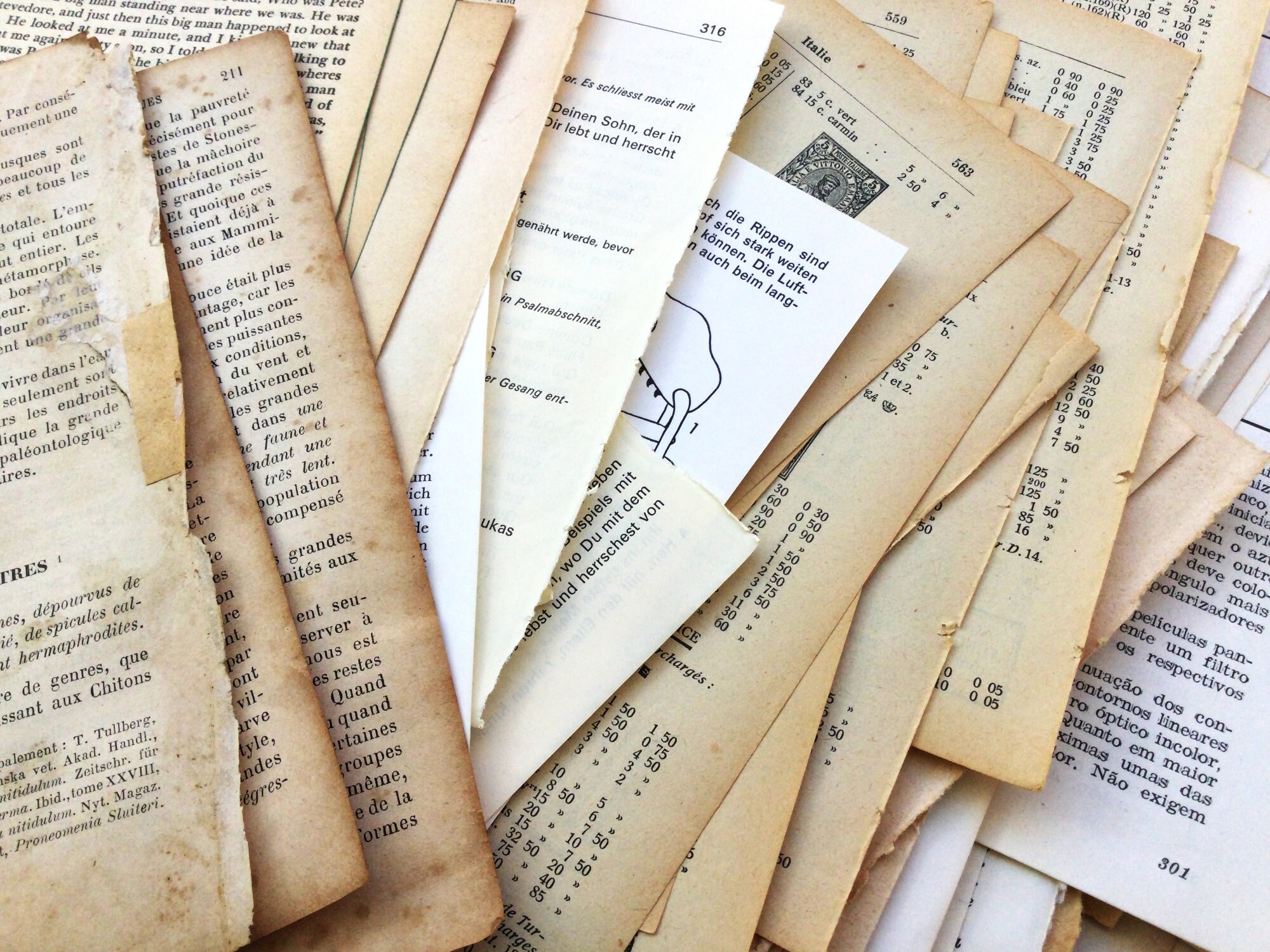Recycling can be defined as the process that transforms previously used materials into others that can be reused. Nature has been recycling materials since the beginning of our planet: it constantly transforms elements and life forms through biochemical, physical, and geological mechanisms, resulting in recycled materials that are always vitalfor new natural processes and developments.
A widely known example is the myth that organic matter from dinosaur bodies is the origin of hydrocarbons. However, the truth is that hydrocarbons come from the decomposition of algae, plankton, and accumulated animal remains. This perfectly illustrates the continuous recycling process that nature undergoes in its cycles.
Recycling is also intrinsic to human history. When human communities begin to settle and adopt a sedentary lifestyle, they accumulate waste that needs to be disposed of.
- 5.000 years ago, the first landfills were excavated in Knossos, Crete, to bury garbage.
- Around 500 BCE, Athenians began to establish rules to move waste more than 1 kilometer outside the city for health reasons.
- Evidence of recycled materials dating back 2.400 years has been found.
Throughout history, construction materials, metals, fats, and other “waste” have been recycled as an established tradition worldwide. Recycling is not a new invention; it has been a human practice for millennia. However, in the 1950s, the consumer economy, with its “use and discard” motto, spread globally.
Paper recycling in history
Paper recycling has a particularly early history. It has been practically recycled since the early days of its use.
→ During the early Egyptian dynasties scriber remove ink old papyrus ducuments to reuse them and write on them again.
→ Paper recycling is already documented in Japan around the year 1031. Due to the shortage of plant fiber, used paper was crushed into pulp with which recycled paper was made. This one had a grayish tone due to the ink used. However, it seems certain that the paper recycling technique was already practiced before in China, its place of origin.
→ Paper recycling plants were operating in England as early as the 1680s. In 1690, the first paper recycling plant in America was launched in Germantown, Philadelphia: used paper, old clothing and rags, linen scraps and other plant fibers were collected and transported to the plant, submerged in water tanks, and they were beaten in mills until obtaining pulp from which paper was made. This plant was the only one in America for the next 40 years.
→ It was in 1800 that the first patent for a recycling process was produced, and it was, precisely, paper recycling. Matthias Koops, an English paper manufacturer, patented a process to ‘extract ink from used paper and convert it into pulp’. Koops, in that same year, published the first book printed on recycled paper. For the first time, high-quality recycled paper was obtained from used paper.
→ The World Wars turned recycling into a state matter. Crises have motivated and driven efforts to recycle materials. During times of scarcity everything can have second uses. Specifically, the collection of old newspapers, documents, books, notebooks and any other type of waste paper has always been cheaper than production with new paper fiber.
→ In 2000, the European Recovered Paper Council (ERPC) was established, since 2017 called the European Paper Recycling Council. Its mission is to promote sustainable paper recycling practices throughout Europe and monitor progress towards meeting the paper recycling targets set out in the European Declaration on Paper Recycling.
Paper and cardboard are already the packaging materials with the highest recycling rates in Europe and around the world. In 2022 in Spain, almost 78% of the paper and cardboard used was recycled, increasing the rate by 4.5% compared to the previous year. But the objectives are ambitious and go further: recycling rates of 90% - taking into account the paper retained in archived documents, books, etc. - are possible and achievable.
Awareness and trust in paper and cardboard recycling processes, innovation and technologies to achieve more efficient solutions, regulations and collaboration between companies, governments and citizens will increase the opportunities to achieve a true circular economy around paper, one of the materials with the longest recycling tradition in the history of the world.
Paper and its recycling techniques represent a legacy that all cultures have been transmitting to us throughout history. It is our option to make good use of it for a smarter and more sustainable world.





